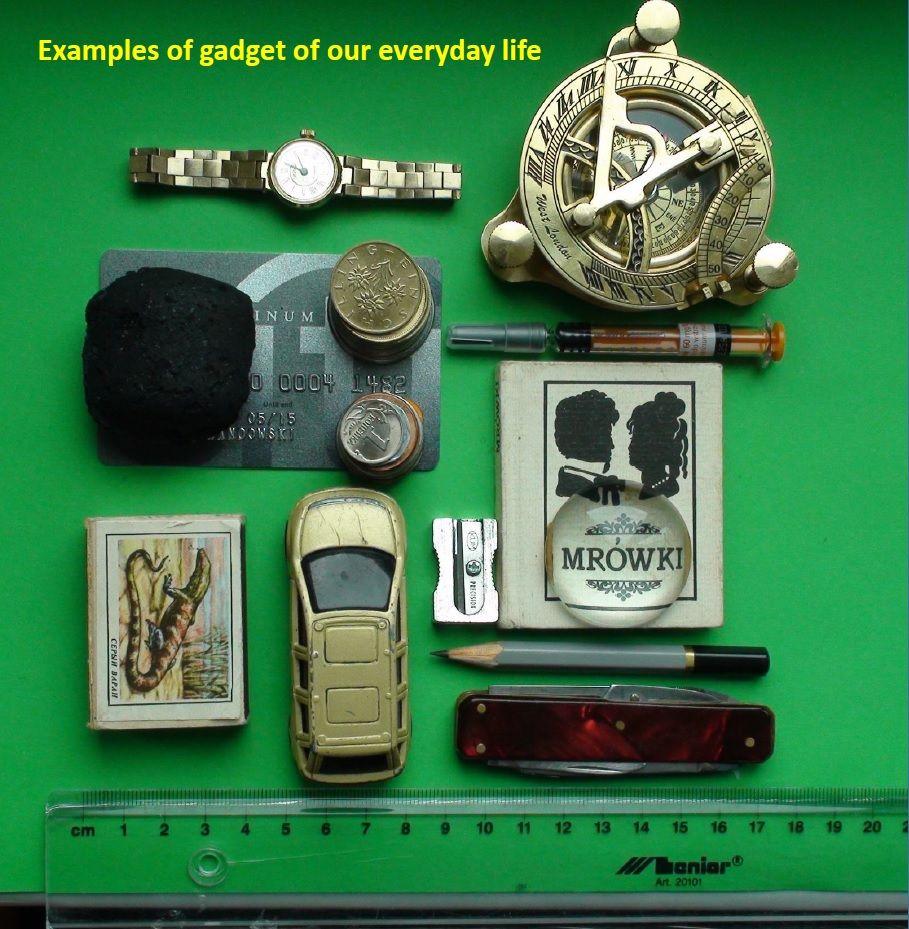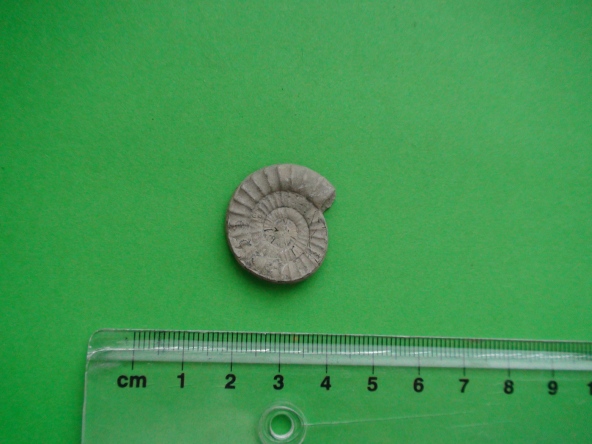
Burying time capsules for future civilizations is not a new concept. However, the one hidden underground near the Polish Polar Station in Hornsund, Spitsbergen, in the Norwegian Svalbard archipelago, is a little unique. Instead of detailed documents to showcase our progress and knowledge, the capsule contains objects, which the creators believe will be easier for future historians to interpret.
The stainless steel bottle, which was buried on September 17 to celebrate the research station’s 60th anniversary, is the brainchild of Marek Lewandowski, a permafrost specialist at Warsaw’s Polish Academy of Sciences. The researcher, who selected the items after consulting with experts worldwide, says, “It (the capsule) is a bit of a balancing act between jocular and serious science. But I do think it’s a good way to capture what we know today about the natural history of our planet and the evolution of life on it.”
The contents, divided into five sections, are meant to enlighten future inhabitants about our civilization, natural environment, and technological advances.
The first section is dedicated to geology and contains items like 416 million-year-old zircon grains and evidence marking the various stages of human evolution. This includes banded ironstone formations – sedimentary rocks that formed 2,400 million years ago when oxygen first appeared on Earth. The objects are all carefully laid upon lava from a 2014 volcano eruption in Honduras.
Dried DNA of a male and female human, a rat, salmon, and potato, along with a cartoon depicting their respective owners, fills up the biology container. Also placed in three sealed glass tubes are tardigrades. The scientists hope that the DNA of these microscopic “water bears,” which can survive extreme radiation, drought, and heat, will be useful for future civilizations. The section also contains grains and plant seeds.
Since glaciers are melting in record numbers, the researchers decided to place a specimen of Hornsund’s Hans glacier inside a glass container in the environment section. A sample of shellfish will enable the discoverers to discern the current temperatures in Hornsund, while photographs of the area and wildlife will allow them to glean insight into life as it is today. An image of the Earth from a million miles away is meant to inform them about the current progress of space exploration.

Given that silicon-based integrated circuits (IC) are the foundation for most current devices, the technology container is devoted to microdevices, like MEMS accelerometers — small sensors used in everyday products like cars, mobile electronics, and even airplanes. Also included is a sample of quartz sand and some silicon wafer - raw materials for all ICs.
A credit card, small mobile phone, mechanical wristwatch, 25 coins from around the world, and a syringe representing our healthcare, are some of the things in the final section, designed to give future generations a peek into our daily lives.
Lewandowski says his idea has generated tremendous interest from researchers who are planning to bury their own versions of time capsules in different parts of the world. The scientist says, "If there are more buried capsules, that increases the chances that one of them will be found.”
Resources: nature.com, timecapsule.igf.edu.pl